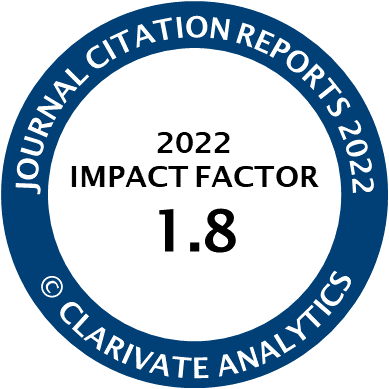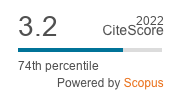Article | Open Access
Recording Permanence and Ephemerality in the North Quarter of Brussels: Drawing at the Intersection of Time, Space, and People
| Views: | 1945 | | | Downloads: | 1142 |
Abstract: Lying in the Senne River Valley, the North Quarter of Brussels is a physical record of spatial transformations unevenly distributed over time. Waves of developments and unfinished plans colonized its original landscape structure, erasing, writing, and re-writing it with large-scale metropolitan projects and transportation systems, around which an industrial and urban fabric developed. Accumulated expansions left an assemblage of incomplete infrastructures in which a multi-faceted and highly identifiable quarter lies punctuated by weakly defined morphological mismatches. At the center of this diverse and mutilated fabric, Maximilien Park stands as pars pro toto. From a combination of research methods that includes ethnographic fieldwork and interpretative mapping, three drawings are overlaid with the moving dimensions of space, time, and people, and assembled in a reinterpreted triptych to investigate the production of that public space. The first panel “Traces” overlaps lost urban logics and remaining traces on the urban tissue. The second panel “Cycles” traces the uneven deconstruction of the North Quarter during the last century, identifying scars of its past. The third panel “Resignifications” focuses on recent events in the area, examining how people have appropriated and transformed the park since 2015. With this triptych, the article aims to re-interpret the palimpsest of the North Quarter, represent the area’s transforming character, and unravel a spatial reading of the lived experiences of the place through time.
Keywords: cycle; mapping; Maximilien Park; North Quarter; palimpsest; resignification; urban ethnography; urban regeneration
Published:
© Claire Bosmans, Racha Daher, Viviana d’Auria. This is an open access article distributed under the terms of the Creative Commons Attribution 4.0 license (http://creativecommons.org/licenses/by/4.0), which permits any use, distribution, and reproduction of the work without further permission provided the original author(s) and source are credited.




